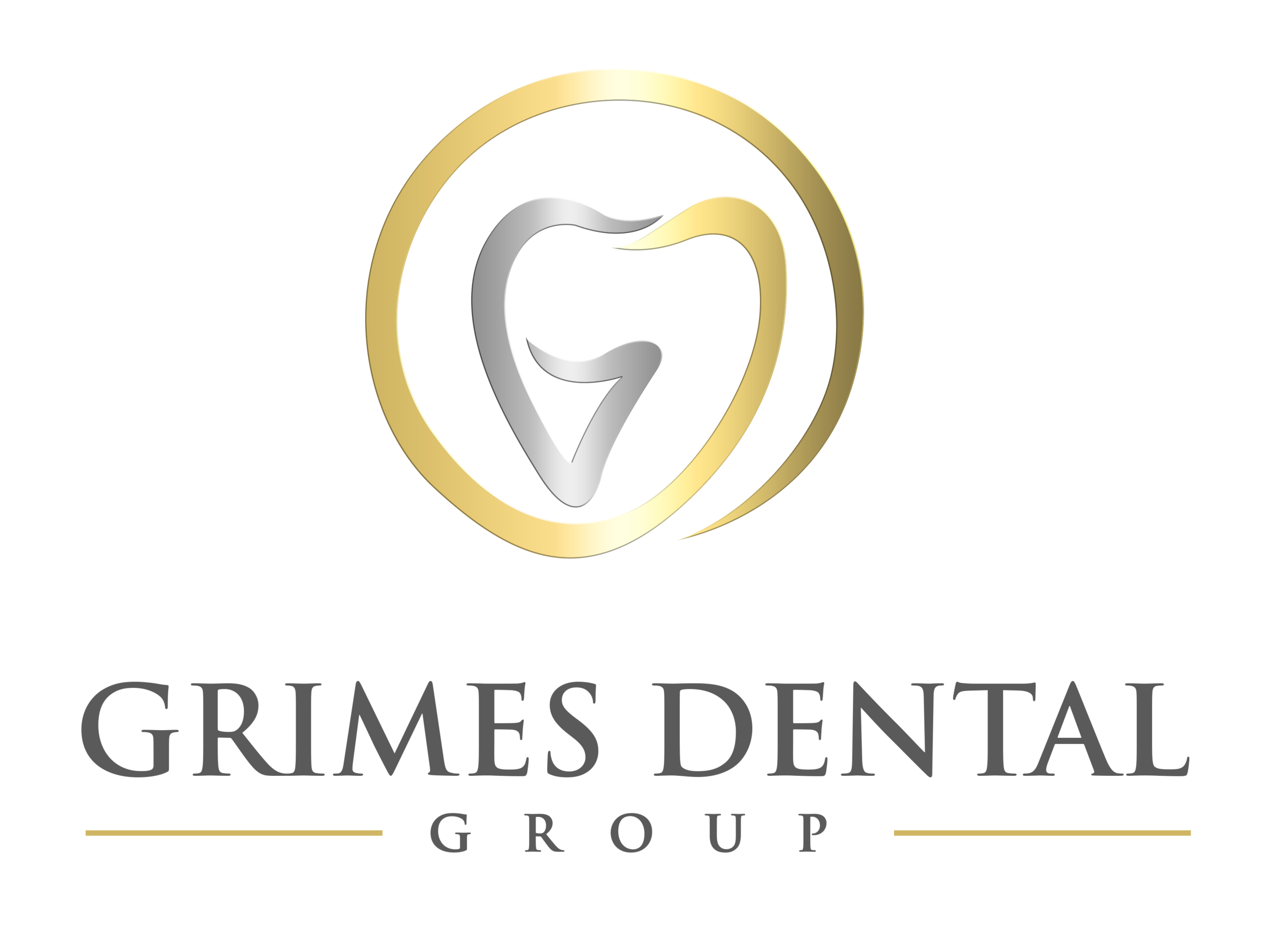Periodontal Care
We offer periodontal care for those clients who have serious inflammation such as gingivitis, or for those who have periodontal disease. Gingivitis is inflammation of the gum tissue; where as periodontal disease is inflammation of the gum tissue and bone. If gingivitis persists, it can turn into periodontal disease, which is why we recommended coming in every 6 months to prevent this from happening or to catch it at an early stage. Some other reasons for periodontal disease include smoking, diabetes, and family history. Once bone loss occurs, it will never grow back. Our hygienists check for these issues when they record dental probing depths. Exposing radiographs and dental probing allow them to recommend the proper treatment.
Some signs that you may have periodontal disease include:
Bleeding gums when brushing and flossing.
Bad breath that doesn’t seem to go away.
Receding gums
Loose teeth
Swollen gums
If you’re told at a dental appointment that you have a 5mm+ probing depth
Periodontal disease affects more than 50% of people and some don’t realize they have it. If you choose to leave it untreated, the likelihood of losing teeth quicker is much higher. While there is no cure for periodontal disease, our hygienists are trained to help you maintain your probing depths and slow the progression of the disease. The goal of scaling and root planing is to reduce the inflammation and bleeding. The reason for frequent recall appointments (every 3-4 months) after treatment is complete is to maintain the probing depths. Healthy probing depths are between 1mm-3mm. Your hygienist will explain this to you at your appointments as well so you have the best understanding of periodontal disease.
Compassionate prevention, pursuit of excellence
Prevention is key!
Periodontal disease affects more than 50% of people and some don’t realize they have it.
Give us a call today.
515.986.4381
We offer our clients a wide range of cosmetic dental procedures:

